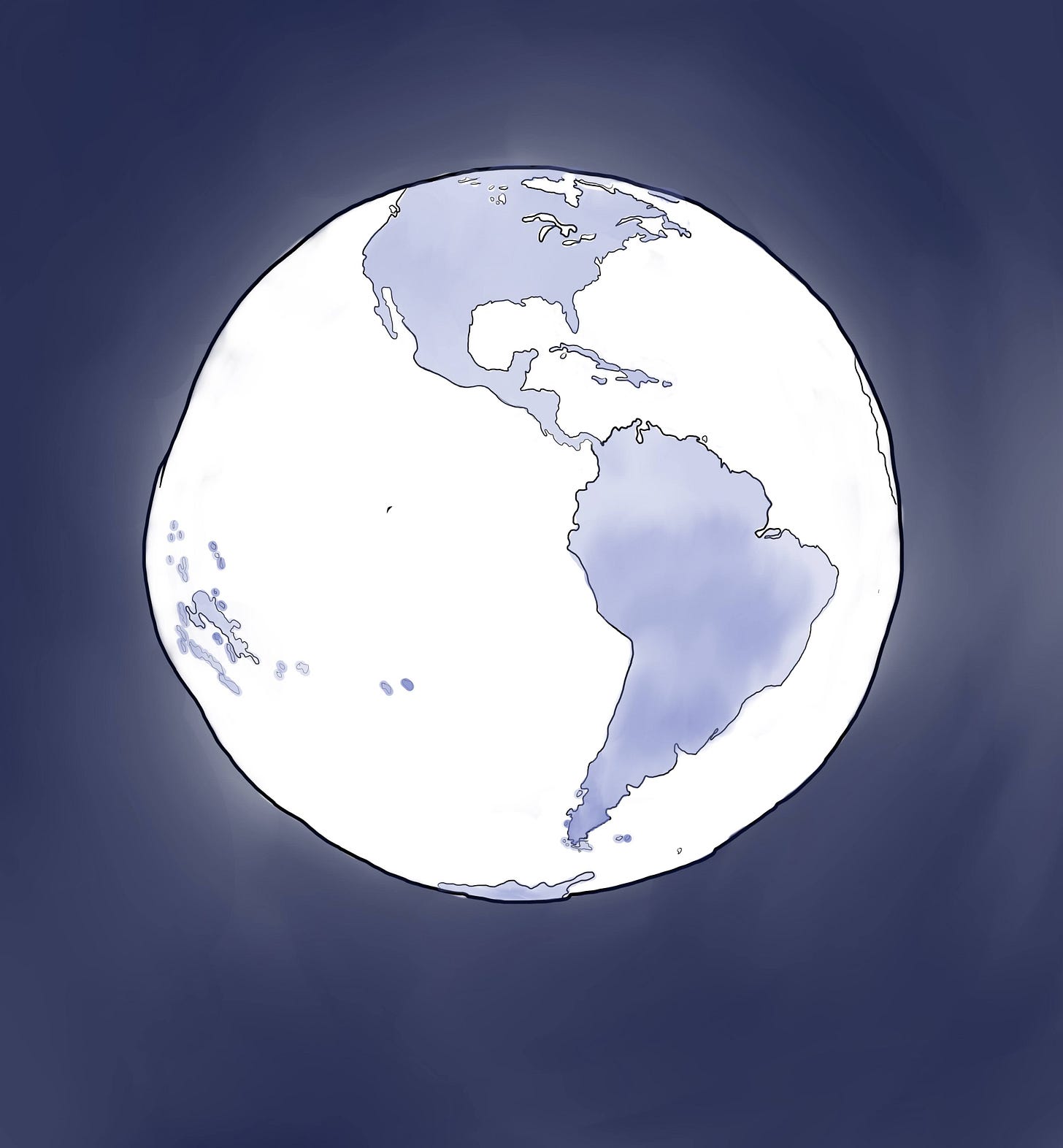The fictional world in which a story takes place matters. If the world is not believable then the story will lose power and the reader will lose interest. Writers call this suspension of disbelief. You can have the craziest stuff going on in your story, but if something about the world in which it is set is off, it sticks out like a sore thumb.
I’ve been thinking about this a lot lately, especially within the context of apocalyptic fiction. In my last post I talked about how The War of The Worlds radio play was formative in my development as a SciFi lover. As a kid, the apocalyptic vision of a world in which invaders from Mars came to earth and started terraforming it into another red planet was completely believable to my young impressionable mind. The world that H.G. Wells created was clear, bleak and realistic enough that the fantastical elements seemed completely plausible.
Conversely, a more recent TV adaptation of the book has me rather annoyed because while the essence of the story is pretty much the same, the world in which it is set is all a bit too clean and unrealistic. Perhaps this is part of the plot and at a later point something will be revealed to make this click into place, but at the moment, the missing pieces are making me wonder whether or not I want to even continue watching. What are these missing pieces? Well, it’s the animals. Or rather, there aren’t any. Billions of people are taken out by a neurological weapon and all of the animals have just evaporated into thin air? Where are all the pets? Why aren’t there marauding packs of dogs and cats? Where are the rabbits and hamsters? The mice? The rats? The pigeons? Part of it is set in farmland, but there isn’t a cow or sheep in sight!
If this were a heroic poem, there would be crows, eagles and wolves everywhere eating the flesh of the fallen. In the original The War of The Worlds, Wells has gaunt cats and mangy dogs popping up all over the place. But instead, this world remains oddly pristine, with the occasional very well preserved corpse lying artfully on a sidewalk in the middle of London. It’s all just a bit too weird.
This got me thinking about world building. Obviously, as authors, we have a pretty good idea of what our world should look like. But, we also need to think about how that world is viewed through the characters’ eyes. And then consider how much we’re letting the reader see through them. Some characters may be severely traumatised and only register major details. Others will be curious and want to make sense of everything. Age, location, reason for living - all of these things will determine how much or how little of the world our characters will let us see. And yet, it still has to make sense to the reader. They can suspend their disbelief to the heights of your imagination, but if you miss a key detail, the belief will fail.
So, of course, being the plotter that I am, I came up with a short checklist:
How observant are my characters? Depending on the answer, they will or won’t notice a lot of what is going on around them. Are they a mark-all-the-exits-as-they-walk-into-a-room kind of sort, or the oblivious type who will walk into glass doors? Do they feel the need to tell other characters about what they see?
Where are all the animals? Honestly, I feel writers (myself included) really don’t think about this enough. Even the sleepiest village is teeming with animal life, both domesticated and wild. Cities are crawling with beasties of all sorts. They add colour and texture. But they also don’t have to be a main feature, so there’s no need to go overboard ;)
If my world has a system of science or magic that is different to ours, what are the downsides as well as the upsides? Are there novices who have accidents while they are learning a new skill/technique? How does this affect the environment in which the story is being told.
Can my readers see, smell, taste and hear everything my world has to offer? Or am I leaving them with only suggestive details for which they need to fill in the detail themselves? Both options have validity depending on the type of story.
What little details can I add to make my world believable? An example springs to mind of something that has always annoyed me. In the Lord of the Rings they have their own world map and system for counting years, but they still use the Julian calendar for months and days. It’s a tiny detail, but it made such a huge impact. Why didn’t Tolkien use his own calendar?
I’m applying this checklist to my current WIP and so far I’ve noticed a fair few things I can improve, and add a little more detail to, so that the world in which the story takes place is more tangible and natural.
I’m curious though. How do you go about building a world from scratch? Or do you prefer to play in the real world? What are the bones of your world made of?
Until next time, happy writing!





